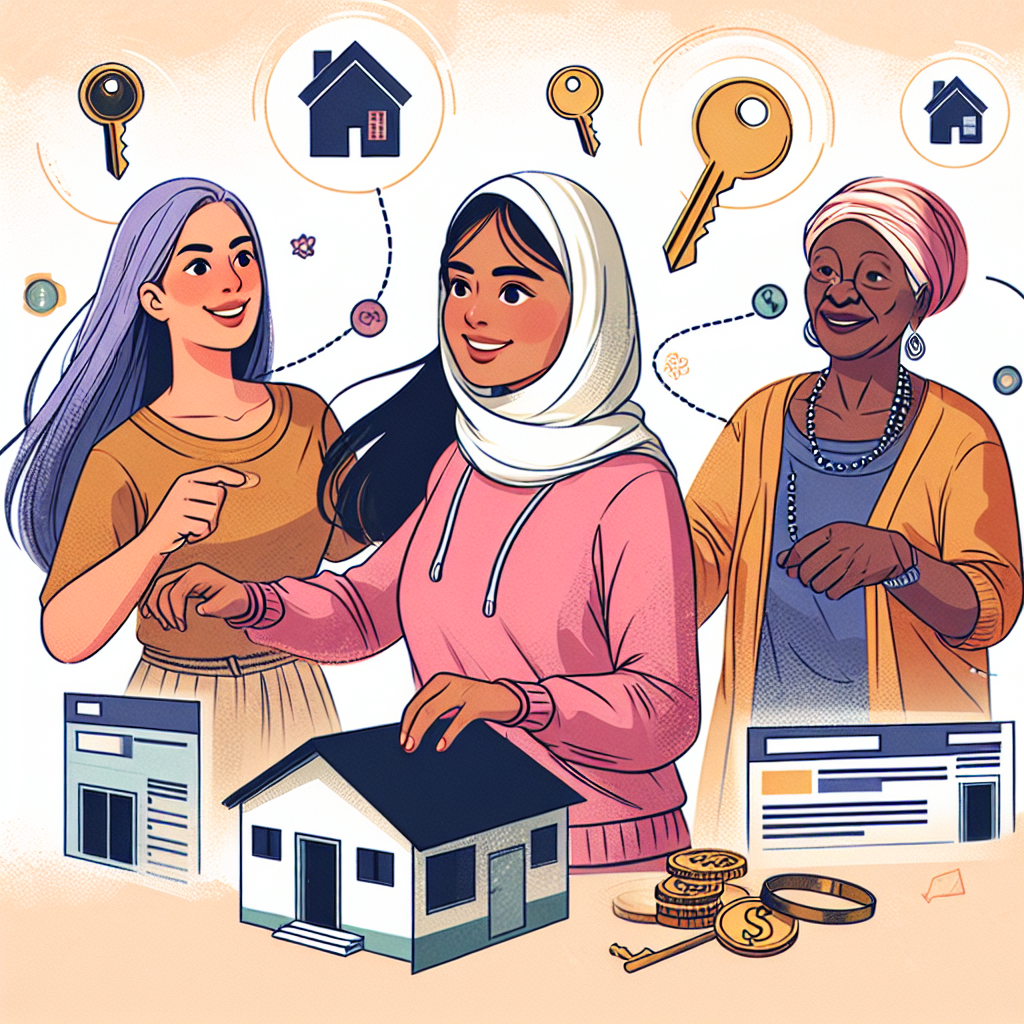Unpacking Fannie Mae’s Origins and Role
Back in 1938, right in the thick of the Great Depression, the Federal National Mortgage Association—better known as Fannie Mae—was birthed by a Congressional charter. While it looks like a private company with shareholders, it operates as a government-sponsored enterprise (GSE), essentially a federally authorized outfit dedicated to fueling the mortgage sector. Its main hustle? Boosting the housing market by keeping mortgage financing flowing smoothly.
Besides scooping up loans from banks and mortgage outfits, Fannie Mae underwrites a series of loan programs that vetted lenders can offer to borrowers nationwide. In doing so, it indirectly supports thousands of financial institutions—ranging from credit unions to banks—to amplify access to affordable homes for everyday Americans.
What Exactly Does Fannie Mae Bring to the Table?
While it doesn’t hand out mortgages directly to homebuyers, Fannie Mae guarantees a steady market by buying qualifying home loans from lenders, effectively backing them. This safety net extends beyond single-family homes, reaching into the rental and multifamily housing spheres.
Even though Fannie Mae primarily partners with financial institutions, borrowers aren’t left out in the cold; they can tap into several Fannie Mae-endorsed loan schemes by applying through authorized lenders.
Here’s a sketch of its major contributions:
Purchasing and Guaranteeing Mortgages
Fannie Mae’s bread and butter involves purchasing mortgages within set conforming loan limits, keeping the lending landscape robust. It shares this stage with its counterpart, Freddie Mac, officially the Federal Home Loan Mortgage Corporation. Both entities either stash these acquired loans individually or bundle them into mortgage-backed securities (MBS), which circulate liquidity back into the financial system.
Loan Programs and Eligibility
Loans that meet Fannie Mae’s standards often feature friendlier terms than non-conforming loans, notably lower down payment requirements. For 2025, the conforming loan ceiling is set at $806,500 in most U.S. regions, meaning loans above this threshold are outside Fannie’s usual portfolio.
Buyers working with real estate agents must ensure their agents are registered on the HomePath platform to submit offers, and pre-approval for financing is required when purchasing.
Supporting Homebuyers Through Financial Education
Fannie Mae also steps into the personal side of housing by running counseling networks designed to help consumers navigate rocky financial waters. These resources address budgeting, disaster recovery, and general housing-related hurdles.
A flagship program in this arena is the Mortgage Help Network, offered free of charge to homeowners grappling with financial setbacks or natural disasters. Licensed counselors, vetted by the U.S. Department of Housing and Urban Development (HUD), provide expert guidance without cost.
Fannie Mae Loan Options
Direct loans from Fannie Mae are off the table for consumers—loans are originated by Fannie-approved lenders like banks and credit unions. However, these lenders offer programs sponsored by Fannie Mae that often carry more lenient qualifications and terms.
- HomeReady: Tailored for first-time homebuyers and those refinancing existing Fannie-held loans, this program permits down payments as low as 3%, sometimes paired with state housing agency benefits and cancellable mortgage insurance.
- RefiNow: Designed to ease monthly housing payments, this refinancing option targets borrowers with significant home equity. Eligibility hinges on income at or below 100% of the area median and allows debt-to-income ratios up to 65%, notably without a minimum credit score requirement.
These initiatives open doors for many who might otherwise struggle to qualify under conventional terms, positioning Fannie Mae as a critical enabler of homeownership.
Conservatorship: A Journey Through Crisis and Recovery
Before the housing market imploded in 2007, Fannie Mae was heavily involved in supporting subprime mortgages. When the bubble burst, it absorbed staggering losses from defaulted loans, prompting a federal bailout and subsequent placement, alongside Freddie Mac, into conservatorship under the Federal Housing Finance Agency—a status they still hold.
Despite the turmoil, the housing scene has bounced back robustly. Home values have surged, foreclosure rates have tumbled, and both institutions have regained profitability. To illustrate, after recording losses nearing $59 billion in 2008, Fannie Mae posted an impressive net income of $3.7 billion in Q1 2025, with a net worth exceeding $98 billion.
Efforts to exit conservatorship have been floated politically—most notably by former President Trump—but no definitive change has taken place yet.
Clarifying Common Confusions: FAQs
How Does Fannie Mae Differ from Freddie Mac and Ginnie Mae?
Fannie Mae and Freddie Mac are sibling GSEs with similar mandates to stabilize and expand the mortgage market. Ginnie Mae, short for Government National Mortgage Association (GNMA), is distinct as a government corporation within HUD, primarily focusing on buying government-backed mortgages such as FHA, USDA, and VA loans aimed at low- and moderate-income buyers.
Why the Name “Fannie Mae”?
The affectionate moniker “Fannie Mae” is a playful verbal twist on the agency’s formal title, the Federal National Mortgage Association (FNMA), making the acronym more memorable and personable.
Does Fannie Mae Deal Directly with Borrowers?
Fannie Mae itself does not loan money directly to homebuyers. Instead, it works behind the scenes by purchasing loans from approved lenders and sponsoring loan programs that these lenders use to serve consumers.

